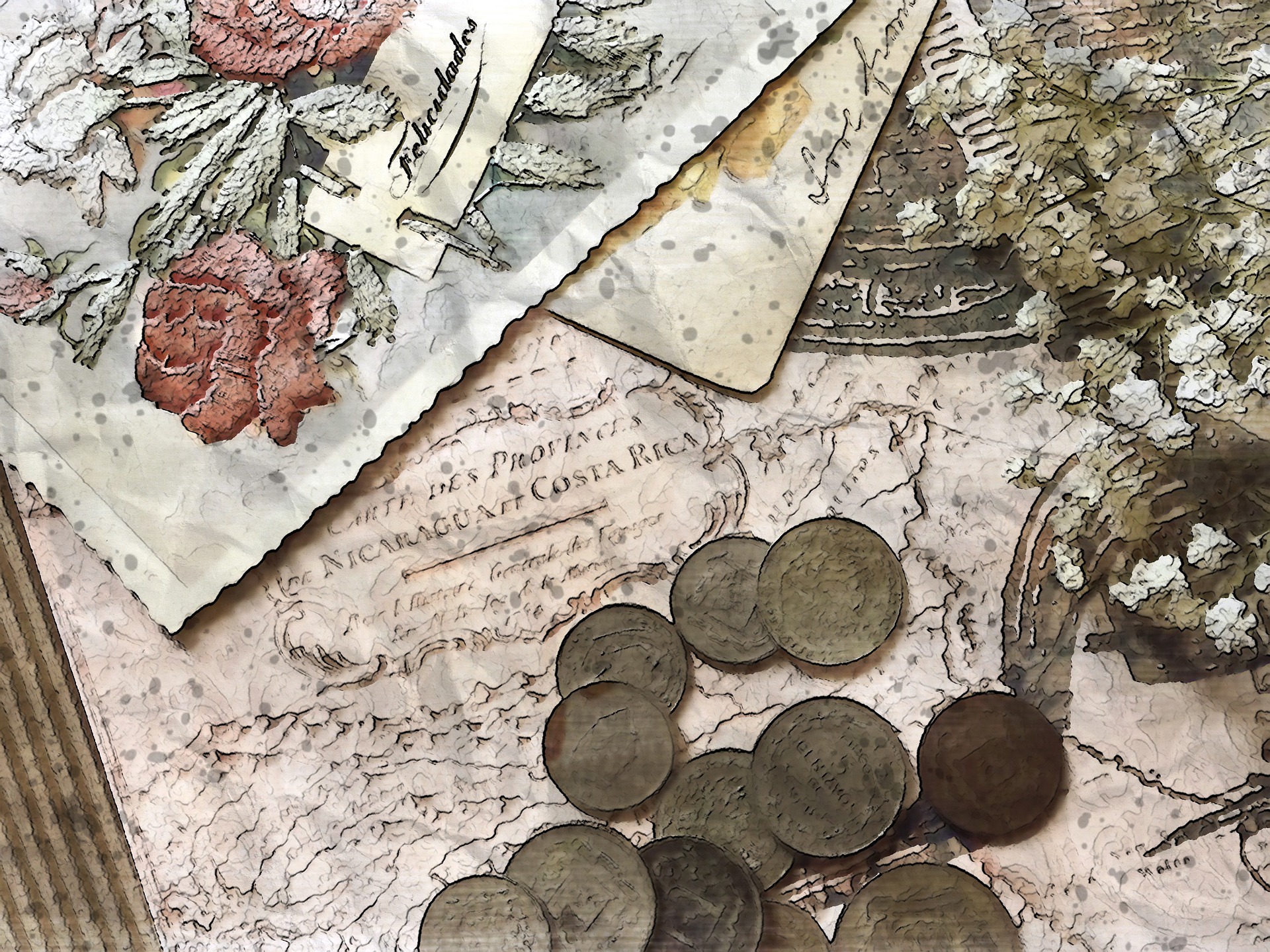Philately
My interest in philately started from my father. It is the study of postage stamps and postal history and other related items. It also includes collection, appreciation and research activities on stamps and other philatelic products. I have a considerable collection of postage stamps from various countries around the world. My to do list when visiting a foreign country is visiting the local post office to add to my collection. The stamps actually tell a story of the country, its priorities, natural resources, environment and its global priorities.
The word “philately” is the English transliteration of the French “philatélie”, coined by Georges Herpin in 1864. The first postage stamp was published in 1840 called the Penny Black and ten (10) of those were used to send a letter from London to Scotland on May 6, 1840. The cover with the cancelled stamps was bought at an auction in 1992 in Zurich at a price of around USD 700,000.
World Postal Day is celebrated on October 9, the anniversary of the Universal Postal Union (UPU), which started in 1874 in Switzerland. The UPU was the start of the global communications revolution, introducing the ability to write letter to others all over the world.
If you are interested in this subject you can explore the following links:
https://www.indiapost.gov.in/Philately/Pages/Content/Stamps.aspx
Google Search Word: Philately, Postage Stamps
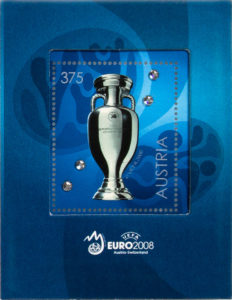 |
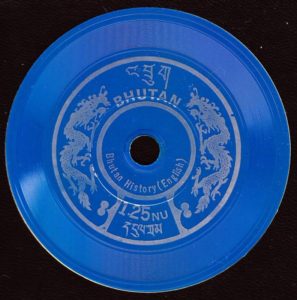 |
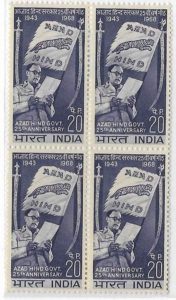 |
|
Stamp with embedded Swarovski Crystal, Austria |
Stamp which can be played on a record player, Bhutan |
Stamp of Azad Hind Government, India |
Numismatics
Numismatics is the study of collecting coins and banknotes. Use of Currency has been in different form worldwide. The Kyrgyz people used horses as the principal currency unit and gave small change in lambskins. Other forms of currency have been cowry shells, precious metals, cocoa beans, large stones and gems. Coin collecting existed in ancient times when Augustus Caesar gave “coins and foreign money” as Saturnalia gifts. Petrarch, who wrote in a letter that he was often approached by vine diggers with old coins asking him to buy or to identify the ruler, is credited as the first Renaissance collector who presented a collection of Roman coins to Emperor Charles IV in 1355.
The world’s first coins appeared around 600 B.C. in Lydians, a kingdom tied to ancient Greece and located in modern-day Turkey. They featured the stylized head of a lion and were made of electrum, an alloy of gold and silver.
The concept of money had been around long ago. Shells were used as currency in ancient China and, about 5,000 years ago, Mesopotamians developed a banking system where people could “deposit” grains, livestock and other valuables for safekeeping or trade.
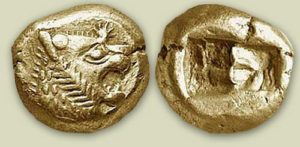 |
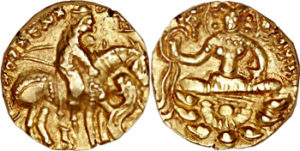 |
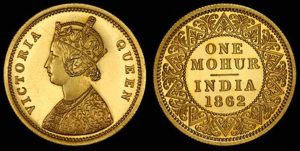 |
|
First coin of the Lydian kingdom |
Ancient Indian coin from 78 AD |
One Mohur from British India |
